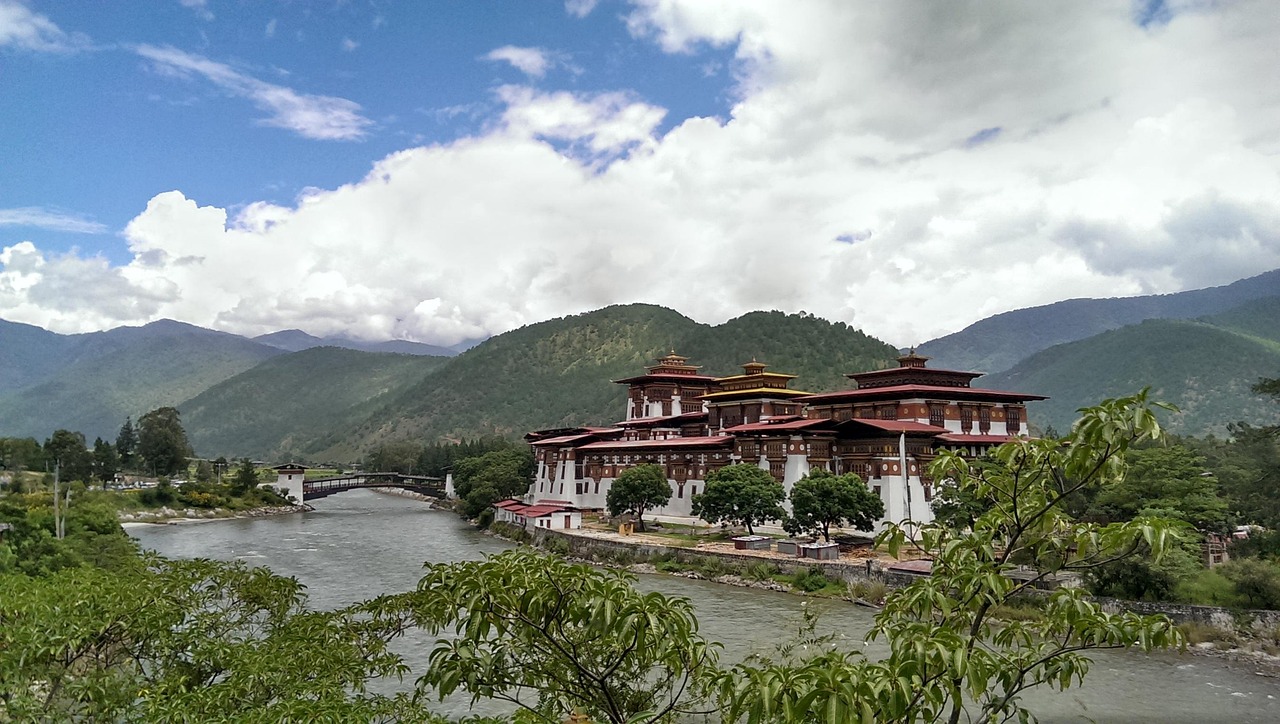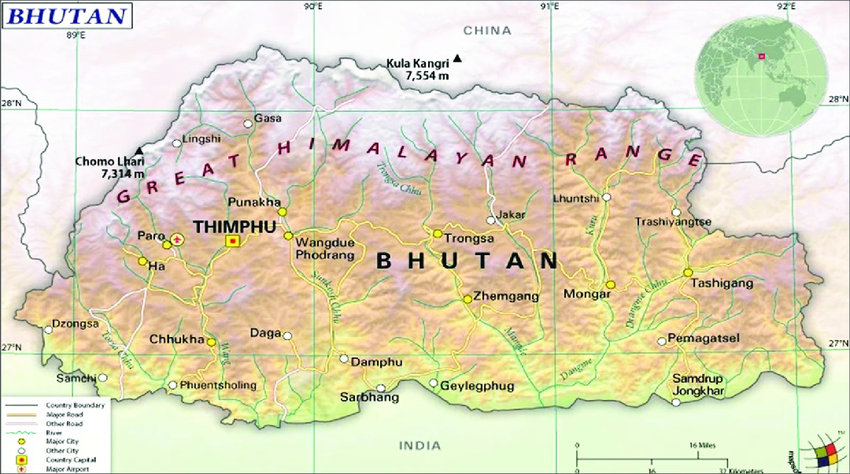About Us
Welcome to Make Tour Today
At Make Tour Today, we know that travel is not just about seeing a place—it's about experiencing its soul and heart. We design personalized trips crafted beyond regular tours with extensive cultural experience, unique adventures, and unremembered escapes.
That’s truly inspiring! Holding onto a dream for 30 years and finally seeing it come to life—what an incredible journey. The fact that people believed in your vision and supported you shows how powerful dreams can be when shared with the right people. My goal to make every client’s trip to Bhutan not only memorable but also worth their investment is a fantastic approach. Providing unique experiences, thoughtful services, and genuine hospitality will set your travel company apart. Do you already have specific ideas on the types of services you want to offer? Things like custom itinerary planning, cultural immersion programs, luxury experiences, or adventure tours could really elevate the experience for travelers. You’ve come so far—this is your moment to build something truly special. Let’s talk about how to make it a grand success! What’s the next step in your plan?


Bhutan
History of Bhutan
Kuzu Zangpo la! I’m honored to share with you about my country and our people before delving into its history. I feel extremely privileged to be a Bhutanese citizen, living in this beautiful and blissful lands cape, blessed by Guru Rinpoche and other Buddhist masters. I am truly fortunate to be a part of Bhutan, living under the guidance of our great, kind, and compassionate king. His tireless, selfless efforts are always directed towards the well-being and happiness of his people.
Bhutan, a Himalayan kingdom, has a history marked by its independence, Buddhist influence, and a transition from a monarchy to a constitutional democracy, with key events including the unification by Shabdrung Ngawang Namgyal, the establishment of the Wangchuck dynasty, and the 2008 transition to a parliamentary democracy.
BHUTAN
COUNTRY AND ITS NAME
Bhutan has had several historical names, reflecting different periods, situations, and geographic considerations. Over time, the country has been referred to by various names in different languages and contexts. Some of the earliest recorded names include:
Lho Mon – Meaning "southern land of darkness."
Lho Tsendenjong –"Southern land of the sandalwood."
Lho Menjong – "Southern land of medicinal herbs."
Druk Yul –"Land of the Thunder Dragon," which is still commonly used today.
The modern name Bhutan is believed to have derived from the Sanskrit word Bhotanta, meaning "end of Tibet," as Bhutan lies south of Tibet. However, locals continue to refer to their country as Druk Yul, emphasizing its cultural and national identity.
It's fascinating how names evolve based on geography, history, and cultural significance! Would you like a deeper dive into any specific era or historical reference?
The name "Bhutan" is thought to originate from the Sanskrit term "Bhotanta," where "Bhu" signifies the end of Tibet and "Uttan" refers to a highland. This reflects either the country's geographical location or its rugged mountainous landscape.
The name "Bhutan" is thought to originate from the Sanskrit term "Bhotanta," where "Bhu" signifies the end of Tibet and "Uttan" refers to a highland. This reflects either the country's geographical location or its rugged mountainous landscape.
"Lhomon Khazhi" refers to an ancient name for Bhutan, meaning "The Four Approaches of Lhomon." It describes the four historical trade routes that connected Bhutan to Tibet and India, shaping its cultural and economic interactions. "Lhomon" signifies the southern land of darkness, while "Khazhi" refers to these four major routes. The term reflects Bhutan’s historical connections and strategic location in the region.
"Menjong" is a historical name for Bhutan, often translated as the Land of Medicinal Herbs. It reflects Bhutan’s rich biodiversity and traditional knowledge of herbal medicine. The name highlights the country's natural wealth, spiritual significance, and deep-rooted traditions in healing practices.
"Tsanden Kopaijong" has never been officially used as the name of the country, but Bhutan is often described with this epithet. One of the earliest known references to this term for the region of modern Bhutan appears in a homiletic letter written by the Tibetan saint Dorji Lingpa (1346–1405). He sent this letter to his Bhutanese students and patrons in 1381. Today, Bhutan's national anthem begins with this epithet.
"Drukyul" (also spelled "Druk Yul") means "Land of the Thunder Dragon" and is the traditional name for Bhutan. The term comes from Bhutan’s national symbol, the Thunder Dragon ("Druk"), which appears on its flag and represents the country’s spiritual heritage linked to Vajrayana Buddhism. Bhutanese people are often referred to as "Drukpa," meaning "people of the Thunder Dragon." The name reflects Bhutan's deep cultural identity, mythology, and its unique position as a Himalayan kingdom. Fascinating, isn't it?